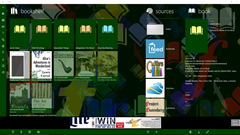 For reading e-books on my Windows desktop, for the longest time I’ve used Adobe Digital Editions. It downloads books via ACSM files from the public library for me, after all. But in recent weeks I’ve found another Windows 10 e-reading application that is remarkably good. While I’ll definitely keep ADE around for downloading e-books, I’m thinking of switching to something else for reading the DRM-free ones. Freda is simply one of the best e-reading apps I’ve ever seen for any platform. And it’s getting better day by day as developer Jim Chapman is open to suggestions for new features.
For reading e-books on my Windows desktop, for the longest time I’ve used Adobe Digital Editions. It downloads books via ACSM files from the public library for me, after all. But in recent weeks I’ve found another Windows 10 e-reading application that is remarkably good. While I’ll definitely keep ADE around for downloading e-books, I’m thinking of switching to something else for reading the DRM-free ones. Freda is simply one of the best e-reading apps I’ve ever seen for any platform. And it’s getting better day by day as developer Jim Chapman is open to suggestions for new features.
Freda will open DRM-free EPUB, FB2, TXT, and HTML documents. It is free but ad-supported, in the form of a single banner ad from the app’s home screen—nothing that shows up while you’re actually reading things. You can remove it with a $1.99 in-app purchase, which wouldn’t be a bad fee to pay for the app just as it is. Freda comes with several classic public-domain titles pinned to the homescreen, which can be downloaded and opened by clicking on them or deleted from the screen with a right-click option. E-books that you add yourself show up in the same area, with metadata displayed to the right.
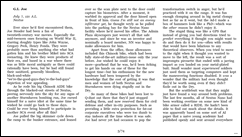 The home screen also has links or download instructions for several public book sources, including Feedbooks, Project Gutenberg, EPubBooks, and Smashwords; there are also options for downloading from OneDrive or a local Calibre server, or opening folders from a file. There’s no direct integration with Dropbox yet, like Marvin and Gerty have, but I wouldn’t be surprised if he added it sooner or later. In any event, it’s just as easy for me to open books directly from my Dropbox folder, since I keep it on the same machine.
The home screen also has links or download instructions for several public book sources, including Feedbooks, Project Gutenberg, EPubBooks, and Smashwords; there are also options for downloading from OneDrive or a local Calibre server, or opening folders from a file. There’s no direct integration with Dropbox yet, like Marvin and Gerty have, but I wouldn’t be surprised if he added it sooner or later. In any event, it’s just as easy for me to open books directly from my Dropbox folder, since I keep it on the same machine.
 But the real magic of Freda comes from the reading interface, because it has a clean interface, excellent layout control, and literally the most expansive reading options screen I’ve ever seen on any e-reader application. Right-clicking pulls up top and bottom status status displays, as well as a floating panel for highlighting, bookmarking, and reading aloud selected text. (Marking text pulls up that floating panel, too.) The top and bottom panels have options for movement through the text, and for switching among multiple reading presets. (You can set your own from the settings menu, too.)
But the real magic of Freda comes from the reading interface, because it has a clean interface, excellent layout control, and literally the most expansive reading options screen I’ve ever seen on any e-reader application. Right-clicking pulls up top and bottom status status displays, as well as a floating panel for highlighting, bookmarking, and reading aloud selected text. (Marking text pulls up that floating panel, too.) The top and bottom panels have options for movement through the text, and for switching among multiple reading presets. (You can set your own from the settings menu, too.)
The settings menu has options for adjusting appearance, layout, and advanced options—and they leave bare-bones readers like Bibliovore right back in the dust. You have absolute control over colors, brightness, font and size (it can use any font currently installed in Windows, including the Bookerly and Ember fonts from Amazon), line and word spacing, justification and alignment, indentation, number of columns, and much, much more. If you use OneDrive, you can set it to sync your reading position across multiple computers via storing a file there. It’s amazingly configurable.
It’s not perfect—there are still the odd little glitches here and there. At present, hyphenation works strangely, often breaking words in mid-syllable and not taking note of hyphens that exist already in compound words. I just leave it turned off, as I’m amply used to reading without hyphenation. But Chapman is working on these. The one thing that had kept me from recommending it before was that until recently it hadn’t honored the non-breaking space paragraphs that Scrivener uses to separate sections—but Chapman fixed that, and now it works great.
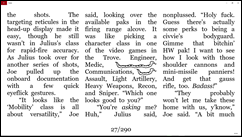 Another fun thing is that Chapman isn’t above a little joke now and then. Remember that xkcd strip on “snake justification”? He thought it would be fun to add that feature to Freda. You have to enable it from the “advanced” control panel, turn off hyphenation, and set the font really big and columns really narrow to see it, and it requires long words to show up, but when you do, there it is. I could wish he’d made it a bit more common, but then it never was meant to be taken seriously anyway.
Another fun thing is that Chapman isn’t above a little joke now and then. Remember that xkcd strip on “snake justification”? He thought it would be fun to add that feature to Freda. You have to enable it from the “advanced” control panel, turn off hyphenation, and set the font really big and columns really narrow to see it, and it requires long words to show up, but when you do, there it is. I could wish he’d made it a bit more common, but then it never was meant to be taken seriously anyway.
I haven’t had the chance to try this app on any mobile Windows devices yet, but given that it’s universal it should work just as well on them. If I ever do end up getting a windows tablet, it will be fun to try it out there. But I can definitely say that it’s a great reading solution for DRM-free titles for the desktop—so if you have a good selection of DRM-free titles available, and a Windows 10 computer, be sure to give it a try.


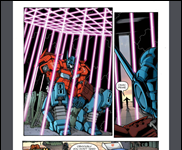


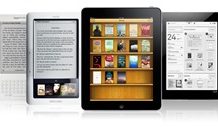




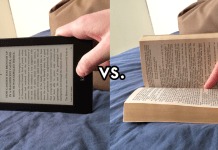
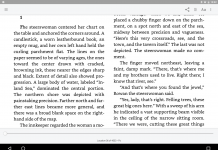

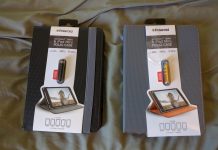

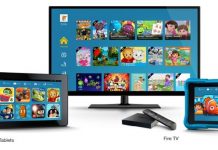




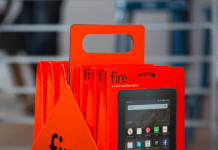
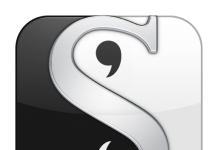










Does it support any ePub 3 features?